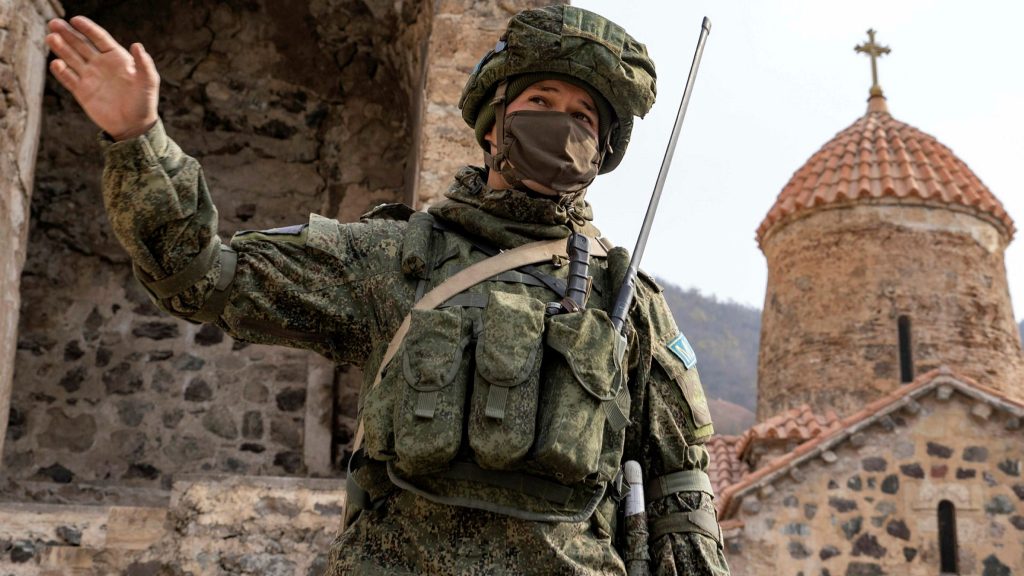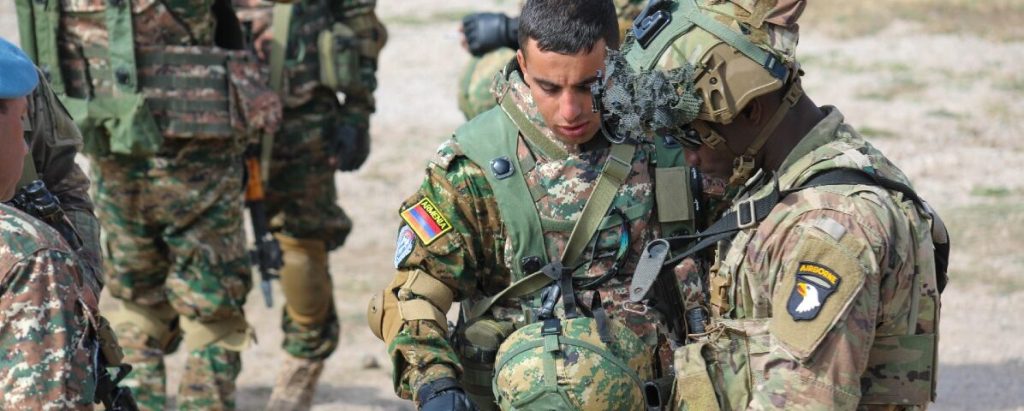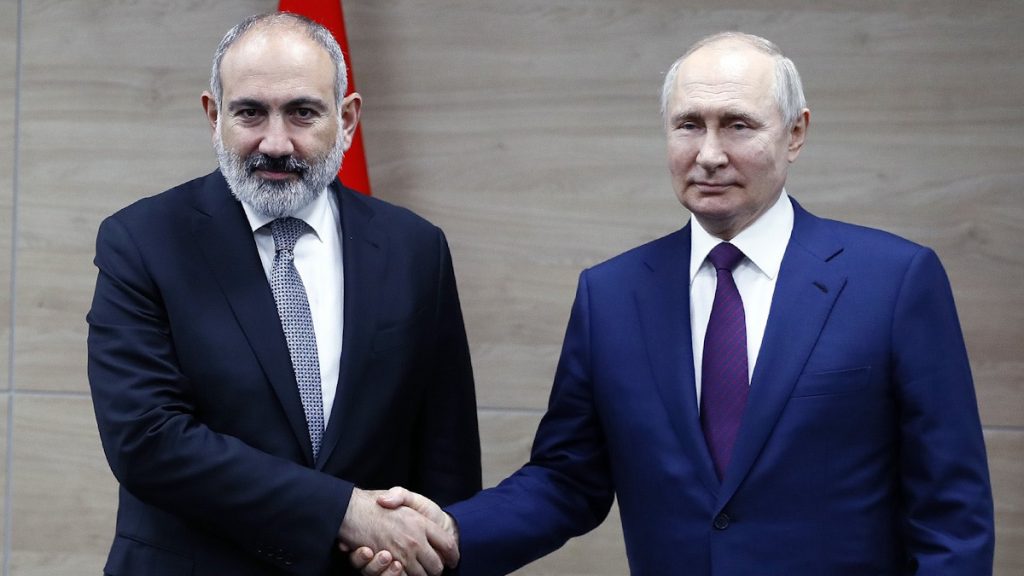The self-proclaimed Republic of Artsakh seems to be counting its last days. It is a matter of time before Azerbaijan restores its sovereignty over the region that has been under Armenian control since the early 1990s. But what comes next for Nagorno-Karabakh and Armenia?
After Azerbaijani forces, on September 19, launched a full-scale military operation in Nagorno-Karabakh, it became obvious that Yerevan does not plan to intervene and protect the local Armenians who make up the majority of the population in the region. As a result, thousands of Karabakh Armenians have already fled their homes, quite aware that it is a matter of time before Azerbaijani military recaptures parts of the mountainous region that are still in Armenian hands.
Even though Baku and the de facto authorities of the self-proclaimed Artsakh signed a ceasefire agreement on September 20 – a document that, in reality, represents the Karabakh Armenians’ capitulation to Azerbaijan – that does not mean that the tensions in the region are over. According to the deal, the Armenian forces in Karabakh must “lay down their weapons, abandon combat positions and military posts and completely disarm”. Russian peacekeepers, who were deployed to Nagorno-Karabakh as a result of the 44-day long war Armenia and Azerbaijan fought in 2020, are expected to “coordinate the implementation of the ceasefire agreement”.

In other words, Russia’s role is to help Azerbaijan disarm the Armenian forces in Nagorno-Karabakh. Since most Armenians are unlikely to stay and wait for the victorious entry of the Azerbaijani troops in Stepanakert – Artsakh’s de facto capital – Russian peacekeepers will likely help them evacuate to Armenia. Those who decide not to abandon their homes, will have to be integrated into Azerbaijani society. There are, however, fears that the Armenians can face ethnic cleansing, which is why the vast majority of them are expected to leave the region in the near future.
Yerevan, despite the fact that it was not willing to intervene and at least attempt to protect the Karabakh Armenians, has already started blaming Russia for the conflict in the region. It is not a secret that, in the eyes of many Armenians, Russia proved to be an unreliable ally. That is why angry protesters in Yerevan blocked the Russian embassy on September 19, and even clashed with police there.
In an effort to whitewash his own actions, Pashinyan – who is seen by many as a traitor – said that Armenia was “not involved” in the ceasefire agreement the self-proclaimed Republic of Artsakh signed with Azerbaijan. Such rhetoric indicates that he is trying to put the blame on Moscow, given that the Karabakh Armenians relied on the Russian peacekeepers’ protection.
Indeed, the Russian troops, according to the Moscow-brokered 2020 ceasefire agreement, were supposed to protect the Lachin corridor – the only land route connecting Nagorno-Karabakh and Armenia. But after they failed to prevent Azerbaijan from imposing a blockade of the road, and later establishing a check point on the corridor, relations between Yerevan and the Karabakh Armenians on the one hand, and the Russian peacekeepers on the other hand, started to deteriorate.
As a result, Armenia has begun turning its back on Moscow. The fact that it recently held a joint military exercise with the United States, and reportedly purchased six 155-millimeter (a NATO-standard artillery shell) Advanced Towed Artillery Gun Systems (ATAGS) from India, suggests that Moscow’s nominal ally in the Collective Security Treaty Organization (CSTO) may soon start seeking to leave the Russian-led military bloc.

Azerbaijan, for its part, will undoubtedly pressure Pashinyan to continue implementing his policy of a de facto capitulation to Baku. Once the Karabakh issue is finally resolved, and Azerbaijani flag is raised in Stepanakert, Baku will demand that Armenia starts building its section of the Nakhchivan corridor (also known as the Zangezur Corridor) – a road and a rail road that will effectively connect Azerbaijani Nakhchivan Autonomous Republic with mainland Azerbaijan through Armenian southern province of Syunik.
Thus, after the fall of Artsakh, Armenia will lose the last trump-card it could have used against Baku – the clear winner of the Karabakh conflict. The former Soviet republic of around three million people will prove to be the biggest loser, and will bear the consequences of its defeat in the years to come. In an attempt to improve its positions in the region, it will likely seek to establish close ties with the United States.
But despite a strong Armenian lobby in the US, and Kim Kardashian’s calls on US President Joe Biden to stop “the next Armenian genocide”, Washington did not take any steps to prevent Azerbaijan from resolving the Karabakh issue in its favor. That, however, is unlikely to stop Yerevan from pursuing a pro-Western policy, and distancing itself from Moscow.
The Kremlin, on the other hand, will continue blaming Pashinyan for all the tragedies ethnic Armenians in Nagorno-Karabakh were going through over the past three years. As a result, relations between Moscow and Yerevan could go from bad to worse, while in the long-term Russia risks losing its influence in the strategically important South Caucasus region.

